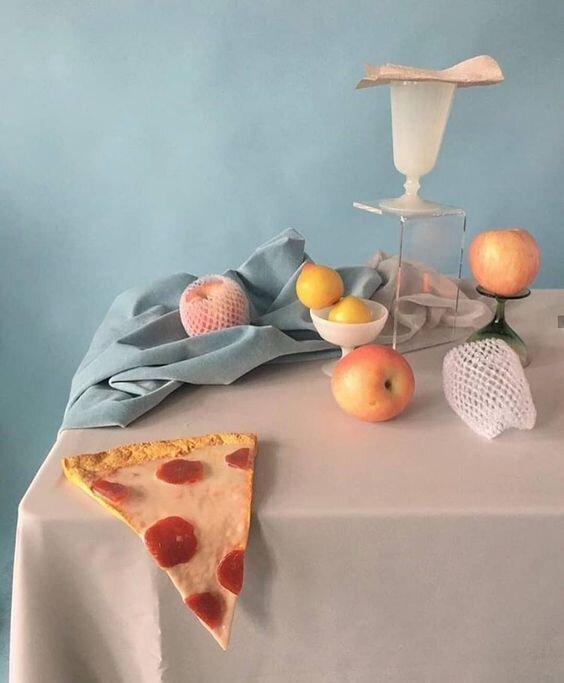The Influence of Still Life Art on Modern Photography and Styling
Still life art has been an influential genre throughout the history of art, and its impact is still evident in modern photography and styling. The still life art movement began in the 16th century, focusing on the representation of inanimate objects through careful arrangement and composition. This concept has been reimagined and adapted by contemporary photographers and stylists, resulting in modern still life imagery that is both striking and thought-provoking.
Modern Still Life Photography
Modern still life photography is characterized by its focus on composition, lighting, and the arrangement of objects. Photographers use these elements to create visually captivating images that often tell a story or evoke a particular mood. In the realm of modern still life photography, we often see a blend of fine art and commercial photography, with the incorporation of digital editing techniques to enhance the visual impact of the images.
– Composition and Arrangement: Modern still life photographers carefully arrange their subjects to create visually compelling compositions. They often use minimalistic compositions with a focus on negative space and balanced arrangements.
– Lighting: Lighting plays a crucial role in modern still life photography. Photographers often use natural light or artificial lighting to create dramatic effects and highlight the textures and details of the objects being photographed.
Styling and Food Imagery
In modern still life photography, styling and food imagery are prominent themes. Stylists play a crucial role in curating the objects and props used in the photographs, ensuring that each element contributes to the overall narrative or visual impact of the image. Food imagery, in particular, has become a popular subject in modern still life photography, with an emphasis on the beauty and aesthetic appeal of culinary creations.
– Styling: Stylists in modern still life photography carefully select props and elements to enhance the visual impact of the images. They often incorporate elements of design and fashion to create visually stunning compositions.
– Food Imagery: Food has become a prominent subject in modern still life photography, with a focus on the artful presentation of dishes and culinary creations. The use of vibrant colors, textures, and compositions creates visually appealing images that evoke a sense of appetite and pleasure.
The Intersection of Art and Design in Modern Still Life
The modern still life art movement has also blurred the lines between art and design, with photographers and stylists often drawing inspiration from both disciplines. This intersection has resulted in the creation of images that are not only visually stunning but also thought-provoking, challenging the traditional boundaries of still life photography.
– Artistic Inspiration: Modern still life photography often draws inspiration from contemporary art movements, such as minimalism, pop art, and surrealism. This fusion of art and photography creates images that are both aesthetically pleasing and conceptually rich.
– Design Influence: Design elements, such as color theory, spatial arrangement, and texture, play a significant role in modern still life photography. Photographers and stylists often incorporate design principles to create visually impactful images that resonate with viewers.
In conclusion, modern still life photography and styling have been influenced by the rich history of the still life art movement. From careful composition and arrangement to the incorporation of food imagery and the intersection of art and design, contemporary photographers and stylists continue to push the boundaries of still life imagery, creating visually captivating and conceptually rich images that pay homage to the tradition of still life art.
You can review our digital products by following us on Etsy.





